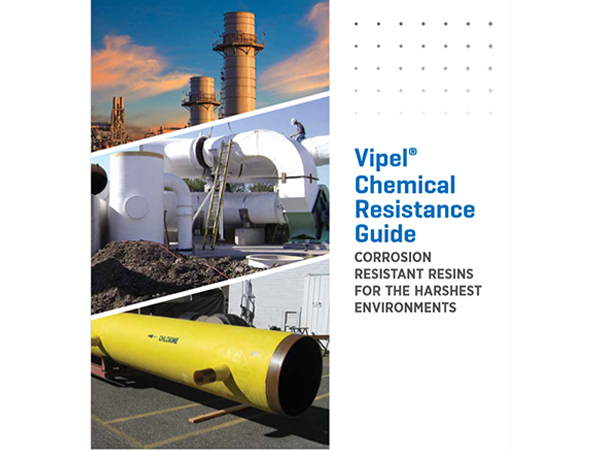
-
 Afrikaans
Afrikaans -
 Albanian
Albanian -
 Amharic
Amharic -
 Arabic
Arabic -
 Armenian
Armenian -
 Azerbaijani
Azerbaijani -
 Basque
Basque -
 Belarusian
Belarusian -
 Bengali
Bengali -
 Bosnian
Bosnian -
 Bulgarian
Bulgarian -
 Catalan
Catalan -
 Cebuano
Cebuano -
 China
China -
 China (Taiwan)
China (Taiwan) -
 Corsican
Corsican -
 Croatian
Croatian -
 Czech
Czech -
 Danish
Danish -
 Dutch
Dutch -
 English
English -
 Esperanto
Esperanto -
 Estonian
Estonian -
 Finnish
Finnish -
 French
French -
 Frisian
Frisian -
 Galician
Galician -
 Georgian
Georgian -
 German
German -
 Greek
Greek -
 Gujarati
Gujarati -
 Haitian Creole
Haitian Creole -
 hausa
hausa -
 hawaiian
hawaiian -
 Hebrew
Hebrew -
 Hindi
Hindi -
 Miao
Miao -
 Hungarian
Hungarian -
 Icelandic
Icelandic -
 igbo
igbo -
 Indonesian
Indonesian -
 irish
irish -
 Italian
Italian -
 Japanese
Japanese -
 Javanese
Javanese -
 Kannada
Kannada -
 kazakh
kazakh -
 Khmer
Khmer -
 Rwandese
Rwandese -
 Korean
Korean -
 Kurdish
Kurdish -
 Kyrgyz
Kyrgyz -
 Lao
Lao -
 Latin
Latin -
 Latvian
Latvian -
 Lithuanian
Lithuanian -
 Luxembourgish
Luxembourgish -
 Macedonian
Macedonian -
 Malgashi
Malgashi -
 Malay
Malay -
 Malayalam
Malayalam -
 Maltese
Maltese -
 Maori
Maori -
 Marathi
Marathi -
 Mongolian
Mongolian -
 Myanmar
Myanmar -
 Nepali
Nepali -
 Norwegian
Norwegian -
 Norwegian
Norwegian -
 Occitan
Occitan -
 Pashto
Pashto -
 Persian
Persian -
 Polish
Polish -
 Portuguese
Portuguese -
 Punjabi
Punjabi -
 Romanian
Romanian -
 Russian
Russian -
 Samoan
Samoan -
 Scottish Gaelic
Scottish Gaelic -
 Serbian
Serbian -
 Sesotho
Sesotho -
 Shona
Shona -
 Sindhi
Sindhi -
 Sinhala
Sinhala -
 Slovak
Slovak -
 Slovenian
Slovenian -
 Somali
Somali -
 Spanish
Spanish -
 Sundanese
Sundanese -
 Swahili
Swahili -
 Swedish
Swedish -
 Tagalog
Tagalog -
 Tajik
Tajik -
 Tamil
Tamil -
 Tatar
Tatar -
 Telugu
Telugu -
 Thai
Thai -
 Turkish
Turkish -
 Turkmen
Turkmen -
 Ukrainian
Ukrainian -
 Urdu
Urdu -
 Uighur
Uighur -
 Uzbek
Uzbek -
 Vietnamese
Vietnamese -
 Welsh
Welsh -
 Bantu
Bantu -
 Yiddish
Yiddish -
 Yoruba
Yoruba -
 Zulu
Zulu
fiberglass holding tanks
Understanding Fiberglass Holding Tanks An Essential Overview
In the realm of modern wastewater management and storage solutions, fiberglass holding tanks have emerged as a prominent option, offering several advantages over traditional materials. These tanks are primarily utilized for the temporary storage of wastewater, chemicals, or other liquids, thereby playing a vital role in various industries, including municipal, agricultural, and commercial sectors.
Benefits of Fiberglass Holding Tanks
One of the most significant advantages of fiberglass holding tanks is their durability. Constructed from a composite material made of fine glass fibers and resin, these tanks are resistant to a variety of environmental factors that can cause corrosion or degradation. Unlike metal tanks, which are prone to rust and chemical reactions, fiberglass tanks remain intact and functional over time. This longevity reduces the need for frequent replacements, resulting in lower overall costs for the user.
Additionally, fiberglass is lightweight yet exceptionally strong, making these tanks easier to transport and install compared to their heavier counterparts. This is particularly beneficial in locations where access may be restricted or where installation time needs to be minimized. The flexibility in design also allows for a range of sizes and shapes, catering to different storage needs and site conditions.
Versatility of Applications
fiberglass holding tanks

Fiberglass holding tanks are incredibly versatile and can be used in various applications. In the agricultural sector, they serve as a reliable solution for storing liquid fertilizers and pesticides. In municipal wastewater systems, they function as holding tanks for waste before treatment, ensuring that facilities operate efficiently and safely. Moreover, industries that handle chemicals or other hazardous materials often opt for fiberglass tanks due to their chemical resistance, which safeguards against leaks and spills.
Environmental Considerations
As environmental awareness grows, the importance of environmentally-friendly storage solutions cannot be understated. Fiberglass holding tanks are designed with sustainability in mind. They can be produced without the harmful emissions associated with some metal manufacturing processes. Additionally, their resistance to corrosion means they can prevent harmful leaks that could contaminate local soil and water sources, supporting environmental protection efforts.
Installation and Maintenance
The installation of fiberglass holding tanks is relatively straightforward. They can be installed above ground or partially buried, depending on site requirements and local regulations. Regular maintenance is crucial to ensure their longevity and efficiency. This includes periodic inspections for any signs of wear or damage and ensuring that the tank is not subjected to excessive external pressure, especially when buried.
In conclusion, fiberglass holding tanks deliver an outstanding combination of durability, versatility, and efficiency that makes them an essential component in modern liquid storage solutions. Their ability to withstand various environmental conditions while maintaining structural integrity positions them as a reliable choice for industries that prioritize safety and sustainability. As technology and manufacturing processes continue to evolve, one can expect to see further advancements in fiberglass tank designs, enhancing their performance and application across the globe. Whether for industrial, agricultural, or municipal use, fiberglass holding tanks indeed represent a significant step forward in the quest for effective and environmentally-friendly storage solutions.









